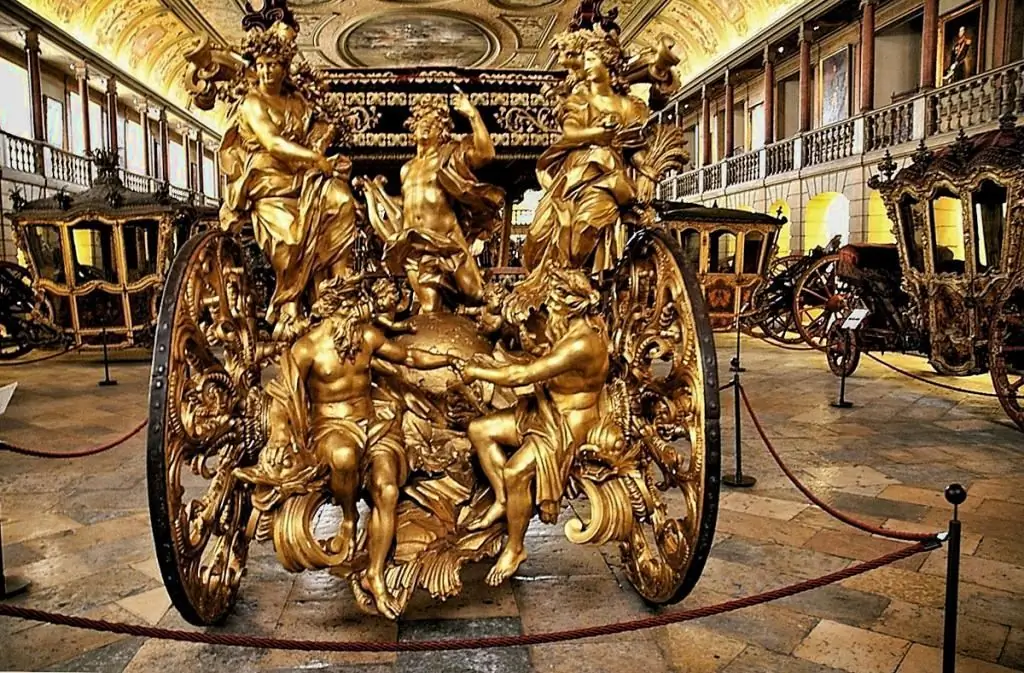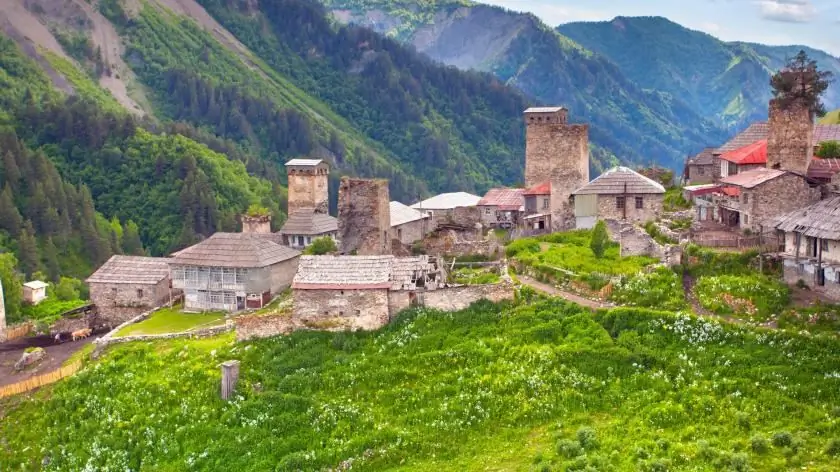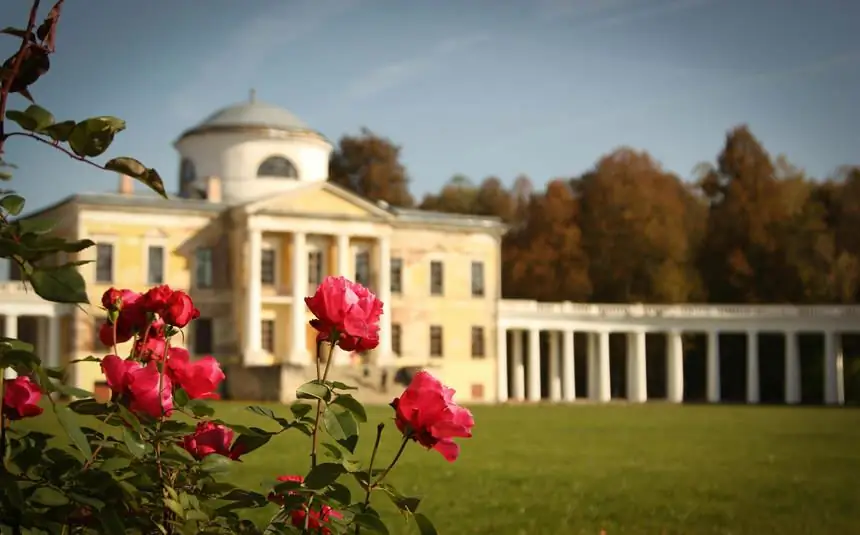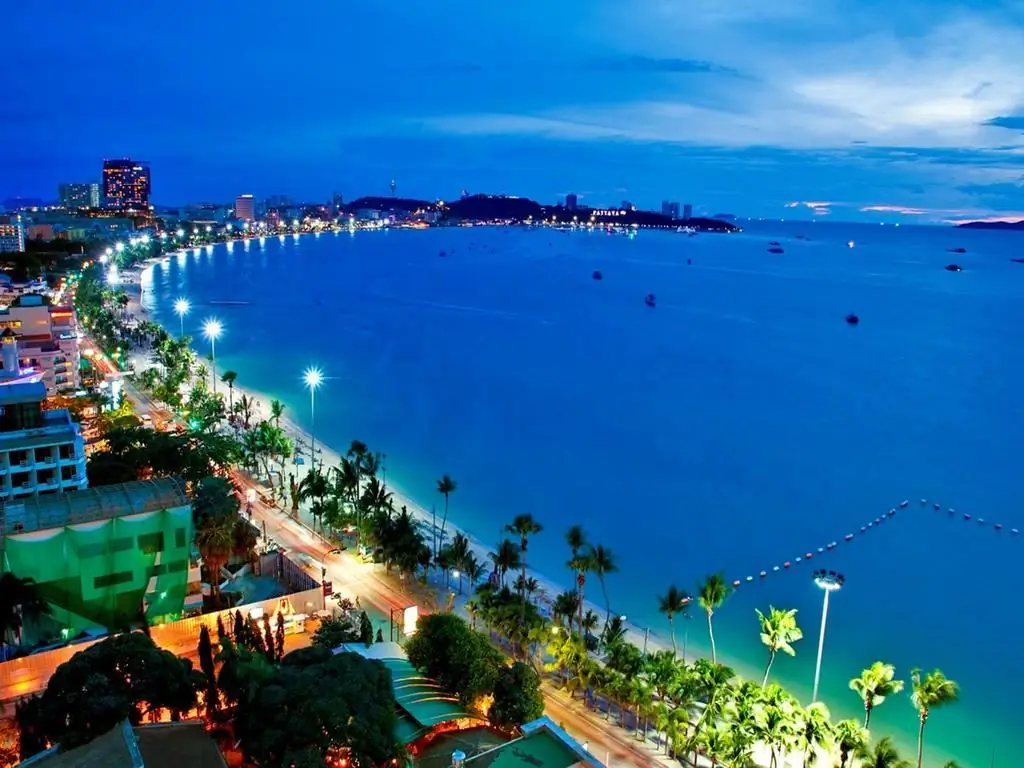- Author Harold Hamphrey [email protected].
- Public 2023-12-17 10:06.
- Last modified 2025-01-24 11:10.
The capital of Portugal can offer its guests (and residents too) a lot of interesting museums. But if a tourist has only a few days left, he will not see all of them. You have to choose. Of course, one can proceed from the criterion of one's own interests. Someone is fond of ships, and someone - modern art. Among the temples of culture in Lisbon there are quite original ones. For example, the Museum of Electricity. And do not think that its exposition will be of interest only to specialists of a narrow profile.
Many museums in Lisbon are organized in a new format - interactive. Unlike a classic gallery, where you can only look at the exhibits, in such institutions you can touch them, turn them over, wind them up, and so on. In this article, we have compiled a list of the most interesting museums in the capital of Portugal. After reviewing this collection, you will be able to better planyour stay in the beautiful city of Lisbon.
Gulbenkian Funds
In Portugal in the first half of the 20th century, there lived an oil tycoon of Armenian origin who collected paintings, sculptures, and decorative arts. In 1955, Calouste Gulbenkian died, and according to his will, a huge private collection, along with a luxurious mansion and the garden surrounding it, went to the city of Lisbon.
The fact that during his lifetime the magnate bought paintings and sculptures in the Hermitage in the 20-30s speaks eloquently about the we alth of funds. He scrupulously collected his collection around the world. And if you don’t have a lot of time to explore the city, feel free to go to the Gulbenkian Museum (Lisbon, Berna Avenue, 45 A). Tourists described the benefits of visiting this location:
- beautiful park right in the city center;
- an amphitheater where free concerts and other events are often held;
- two museums at once: the Gulbenkian collection itself and an exhibition of contemporary art;
- library;
- showroom.

Museum of the Sea
The Portuguese are the people who were most directly involved in the Great geographical discoveries. Therefore, the Maritime Museum (Lisbon, Belem district) is the second most popular in the capital. You can get to it by the usual city tram number 15. The Museum of the Sea occupies the western wing of the ancient monastery of St. Jerome (Jeronimos). The exposition includes 17 thousand artifacts.
Here you can see notonly models of various ships - from ancient times to the present. The exposition also contains weapons and armor from different times, military uniforms, awards and orders. Tourists are advised to look into the long passage of the monastery. There is an art gallery, which exhibits paintings by marine painters. The Maritime Museum, like the Calouste Gulbenkian Foundations, is open from 10:00 to 18:00. Day off - Monday. An adult ticket to both museums costs 5 euros (approximately 380 rubles). The kids usually love it too.

Lisbon Carriage Museum
If you already got to the Belem area, do not rush to leave it. Just a hundred meters from the Museum of the Sea is another temple of culture. It is called the Museu Nacional Dos Coches. And the main exhibits in it are carriages. Undoubtedly, this is the best and richest collection of carriages in the world. Most carriages were made in the 17th - early 19th century.
Some we althy carriages can be looked at for hours as their doors are painted or inlaid. Tourists say that the collection also includes children's carriages. They were harnessed by ponies. So the Portuguese aristocrats got used to luxury from childhood. The Carriage Museum, like most similar institutions, is open from 10 am to 6 pm. On Mondays he has a day off. The ticket also costs 5 euros.

National Museum of Ancient Art
Are you attracted by the work of artists and sculptors of ancient eras? Then visit the National Museum of Ancient Art in Lisbon. Helocated in the center of the city, along Janelas Verdes street, 9. Strange as it may seem, the trophies of the monastic reform became the basis of the collection of this museum. In 1834, the government decided to eliminate religious orders, since these "unmercenaries" turned into we althy latifundists. As a result of the expropriation, many art objects were collected. Later, artifacts on a secular theme were added to them.
Such a rich collection had to be placed somewhere, and an 18th-century palace with a chapel from the ruined monastery of St. Albert was adapted for this. Tourists are advised to take a look not only at the exposition, but also at the buildings. The whole complex is located on the high bank of the Tagus River and is surrounded by a garden. The collection will appeal to lovers of the classics. There are canvases and sculptures, objects of decorative art of Portuguese and Western European masters from the 14th to the beginning of the 19th centuries. This is the third most popular museum in Lisbon. Tourists unanimously claim that it is a "must visit" (mandatory visit).

Museum of Arts, Architecture and Technology (MAAT)
This ambitious project by British architect Amanda Levetre was completed in 2017 and is the newest museum in Lisbon. Arts (fine and plastic), architectural novelties and technologies have found their place under the roof of one building, the futuristic and original facade of which promises to become another hallmark of the capital of Portugal.
The museum is located in the same well-known area of Belem, adjacent to the Tagus River. Here you canreach by train Cascais, tram number 15 and numerous bus routes. Entrance for an adult costs 5 euros, but if you want to visit the Museum of Electricity in one fell swoop, it is better to buy a complex ticket for 9 euros (about 650 rubles). But be warned - unlike other temples of culture, the Arts and Technology Foundations are closed on Tuesdays. Yes, and this museum is open from noon to eight in the evening. Therefore, you can take time to visit it in the afternoon.

IAAT Interactive Branch
Not far from the futuristic building, on Brasil Avenue, is the building of the former power plant. Now Portugal is increasingly using alternative energy sources. Therefore, the structure of the station, so as not to be empty, was adapted as a museum of electricity. This is one of the few interactive places in Lisbon where visitors can not only touch the exhibits, but also wind them up, take them apart, and fiddle with them in every possible way.
Tourists with children highly recommend this museum. Groups of schoolchildren are often brought here to explain in a playful manner where the current comes from. The exposition consists of two sections. The first can be called visual-educational. Visitors can independently turn on the current, start various mechanisms. The second half of the exposition is the power plant itself. Many installations are no longer used, although they are in working condition. Entrance to the Electricity Museum is free. It works from noon to 20:00, the day off is Tuesday.

National Azulejo Museum
In the 7th century, Portugal and Spain were captured by the Arab conquerors. Then, in the 13th century, came the Reconquista. But the fashion for intricately painted ceramic tiles, with which Muslims lined the facades of buildings and interiors, remained. Such artistic tiles are called "azulejos". The most skillful, ancient, handmade by skilled artists and have been collected in the museum. A suitable building was found for him. The Azulejo Museum in Lisbon is located in the monastery church of Our Lady of the 15th century. The building outside and inside is decorated with painted tiles. Therefore, it is included in the list of national treasures of Portugal.
Those who have seen the azulejo collection claim that it is unique. There is no other museum like it anywhere in the world. The oldest tiles date back to the 15th century. Of great interest is usually a ceramic panel, which depicts Lisbon before the earthquake of 1755. In addition to azulejos, visitors can see a collection of ceramic products from various eras. Opening hours and ticket prices are the same as other national museums in Lisbon. The Church of the Mother of God is located at the address: st. Madre de Deus, 4. The nearest metro station to this place is Santa Apolonia.

Museum of Modern Art (Lisbon)
In the area of Belem, which has been repeatedly mentioned here, there is another temple of art. And it is called the Berardo Museum (Imperio Square). Its collection is devoted exclusively to contemporary art of the 20th century. The museum has only a fewdecades, but in terms of attendance it is not inferior to the Hermitage or the Louvre. His collection is neither meager nor uninteresting. Travelers who have visited Lisbon unanimously say: even if you are a connoisseur of the classics, be sure to visit the Berardo Museum.
There are paintings by Kazimir Malevich, Salvador Dali, Pablo Picasso, Jackson Pollock, Andy Warhol and other contemporary masters. The halls of the museum are divided into areas: pop art, cubism, surrealism, and so on - there are seventy such separate expositions in total. It is noteworthy that the entrance to the treasury of Berardo is free. But the museum has an exhibition hall. You may have to pay to visit imported collections. The Berardo Cultural Center is open from 10 am to 7 pm.
Museum of the City of Lisbon
The status of the capital obliges temples of culture to display artifacts related to all of Portugal. And only one of all the museums in Lisbon is dedicated to the city itself. After all, the place where the capital of Portugal is now located was inhabited in the Stone Age. The City Museum is located in the beautiful building of the Pimenta Palace (Campo Grande, 245). There are a lot of people there, because it is one of the most visited in Lisbon. His richest collection has been painstakingly collected over the years.
In the halls one can see both arrowheads of primitive hunters and pottery shards of the Neolithic civilization. There is also an azulejo hall. An interesting collection of sculptures relating to the era of the Roman Empire. Lisbon was a harbor from where the Portuguese went across the ocean to discover new lands. That's whyvisitors are often interested in a selection of old maps. Much attention in the exposition is given to the great earthquake that destroyed almost the entire population of the city.
Oriental Museum
This attraction is located at 352 Avenue Brasil. The museum was recently opened, but its collection was collected bit by bit decades before. In fact, two museums of Lisbon coexist here under one roof at once.
The first one is entirely dedicated to the Arab period in the history of Portugal. And the second part presents a collection of art objects brought from various Asian countries - China, Japan, India. The Oriental Museum is open from ten in the morning to six in the evening (on Fridays - until 22:00). Day off - on Mondays. Tourists consider his collection original and successful. Oriental art lovers will love it.
Roman Theater Museum
Long before the Arab conquest, the city of Lisbon was part of the great empire as the province of Iberica. And the city was called in that era Olisippo. In all the cities of the Roman Empire there was - where small, and where huge - a theater. There were gladiator games, animal fights and even sea battles. There was such an amphitheater in ancient Olisippo.
The Lisbon Museum was later built over its ruins, vividly and colorfully illustrating the life of the townspeople in that era. The main exposition is an archaeological excavation with the remains of an amphitheater and neighboring buildings. But there are also halls showing artifacts of that era - ceramics, weapons, coins. The museum is located in the very center of the city, not far from the cathedral and the church. Saint Anthony. Tourists believe that here you can take great photos for Instagram.






